For nigh on two decades in Washington, the political right has envied the ability of the left to control its ranks and silence its extremists. As Republican consultants and donors groused about the irascible “jihadi wing” of their coalition through the Tea Party and MAGA eras, the Democrats exercised control over their far-left cohort using a combination of bribery and fear.
The old guard of the left, the neoliberal and corporate-friendly media, has lost control
Given how often the pens of Washington observers hailed the masterful ability of Nancy Pelosi to herd cats, you’d think she had aspirations of transitioning from America’s best investor to the next Andrew Lloyd Webber. What was often left out of the equation was any recognition of how the fealty of the far left was achieved: through a series of gatekeeping institutions owned or funded by Democratic donors and ideologically sympathetic corporations known to the public as the media. They were the ones whose coverage could guide and determine the limits of what the party should abide, rejecting the extremes as unacceptable to the country’s voters, tolerating their fairy tales and underpants-gnome strategies to a degree of op-ed page blather – only to stomp them whenever elections got serious. There is still only one Bernie Sanders, and Alexandria Ocasio-Cortez only exists in the public eye because she snuck up and ambushed an out of touch ten-term boomer.
It has been hard, very hard to break through the Democratic gatekeepers, who still wield power on a completely different scale than anyone on the right – but there were signs it could be done. The left’s volunteer army of socialist aspirants who were denied their hopes in 2016, 2020 and again in 2024 – when the Democratic-media complex cleared the path for Hillary, for Joe and then (shockingly) for Kamala – are finally seeing their work come to fruition. The old guard of the left, the neoliberal and corporate-friendly media which entertained extreme racial politics and environmental doomerism (so long as it didn’t hurt their bottom line) has lost control. And nowhere is this more obvious than in the experience of America’s largest and most important city.
The Democratic voters of New York rejecting a Cuomo, even one with as troubled a history as Andrew, for Zohran Mamdani, an honest-to-goodness Democratic Socialists of America member, would have been laughable under the old regime. In the run-up to his primary victory, nearly every corporate media outlet of significance spoke out against Mamdani’s brand of hammer and sickle policies – the Atlantic warned “Zohran Mamdani Won’t Make Groceries Cheaper,” CNN fretted “Do Democrats have a Zohran Mamdani problem?” and the New York Times editorial board said that, given his extreme views and lack of experience, they “do not believe that Mr. Mamdani deserves a spot on New Yorkers’ ballots.” All for naught. The 33-year-old failed rapper, whose big idea is a network of city-run grocery stores, triumphed in the ranked-choice system.
Cuomo and the scandal-ridden incumbent Eric Adams (who eventually dropped out of the race entirely) were forced to turn to other policy positions to retain their chances. And almost as soon as Mamdani won, the Democratic establishment lost interest in his calls to “globalize the intifada” and arrest Israeli Prime Minister Benjamin Netanyahu for war crimes the next time he came to the United Nations, and started to accentuate the positives. Condé Nast publications went full throttle with their glowingly soft coverage of the mayoral aspirant.
The New Yorker followed Mamdani’s Instagram-fueled glad-handing with fans at the US Open (“Zohran Talks Love and Deuce With New Friends”), Bon Appetit talked to him about the challenge of eating with his hands (“For Zohran Mamdani, Food Is Personal, Political, and Powerful”), and Vanity Fair gave him the cover treatment and compared him to JFK (“The Legend of ZOHRAN”).
Media concerns about Mamdani’s pie-in-the-sky promises vanished overnight. Having failed to stop his rise, the party organs had a different job to fulfill: whitewashing his defects for a credulous public while reassuring themselves that things would still be OK. Kathryn Wylde, a spokesman for the largest corporations in her role as president of the Partnership for New York, said on CNBC that the city has proven resilient enough to survive bad mayors in the past. How much could those grocery stores cost taxpayers, anyway?
Yet this attitude presumes that Mamdani is a one-off, a fluke brought on by scandal-spattered opponents and the far left’s backlash against Donald Trump’s return to the White House. In reality, it’s far more likely that this energetic young socialist represents a future where the old-guard institutions of the left, including their most prominent leaders, no longer exercise determinative power over the direction of their coalition. Pelosi is no longer the cat-wrangler, and the two most powerful Democrats on paper, Hakeem Jeffries and Chuck Schumer, could do nothing to prevent Mamdani’s ascent – despite both being from New York. It’s possible that the last great hurrah of the Democrat-media complex was clearing the path for Kamala Harris, whose flameout was so gigantic it brought the whole system down with her.
A sign that this dynamic is potentially a permanent reality for the left is that the media outlets in question are no longer attracting the eyeballs they once did. In the past, the deployment of mass opposition to a fringe leftist by the guardians of the party’s political hopes could have worked. But the younger leftist electorate is not consuming media as their parents did. Mamdani’s rise was fueled by the massed power of TikTok, Instagram and social media combined with an existing volunteer structure built out of the city’s active DSA community.
Social media’s influence far outstrips the legacy media that once played the tune for the left to dance to
Combined, their influence far outstrips the legacy media that once played the tune for the left to dance to. Instead, the magazines and cable news shows and even the podcasts of the Obama-era establishment figures (who once bucked the party leadership with similar online fervor) are taking their lead from the trends they see dominating social media, not the other way around. That’s why you see one billionaire-owned entity after another bowing to the musings of a candidate who says “I don’t think we should have billionaires” – and in the case of some of them, donating money to fund his efforts directly. It’s the cost of staying relevant, even if it requires you to resemble the “How do you do, fellow kids?” meme.
A leaderless Democratic party now risks being taken over entirely by radicals who cannot be controlled or guided by any sense of a need to appeal to the mainstream. Even the great neoliberal hope of 2028, California Governor Gavin Newsom, is smart enough to see the shift. His latent campaign, which seems largely based on his ability to swear a lot, is an attempt to model the attitude of an aggressive progressive rather than the Fox News-watching Clintonian centrist he once aspired to be. The inevitable walkback of his comments that policies around trans people playing single-sex sports are “deeply unfair,” made in his first podcast interview with the late Charlie Kirk, will be something to behold. Perhaps he can make up for it by calling for government-owned franchises of the French Laundry.
What Democrats are currently experiencing is the inevitable danger of failing to incorporate and subsume the party’s extremes into a negotiated arrangement where the socialists remain content with a slim piece of the party’s agenda. But that was based on a misunderstanding: the Marxists were always going to demand control once the opportunity presented itself. They were not going to be kept down by the people who made peace with corporate powers and deployed a compliant media to maintain their hold on the reins. And the political pablum dished out by Democrats hoping for a palatable centrist – an Andy Beshear, a Josh Shapiro, a Wes Moore – will not be enough to satisfy the crew that can’t get enough of the Zohran.
This article was originally published in The Spectator’s October 13, 2025 World edition.



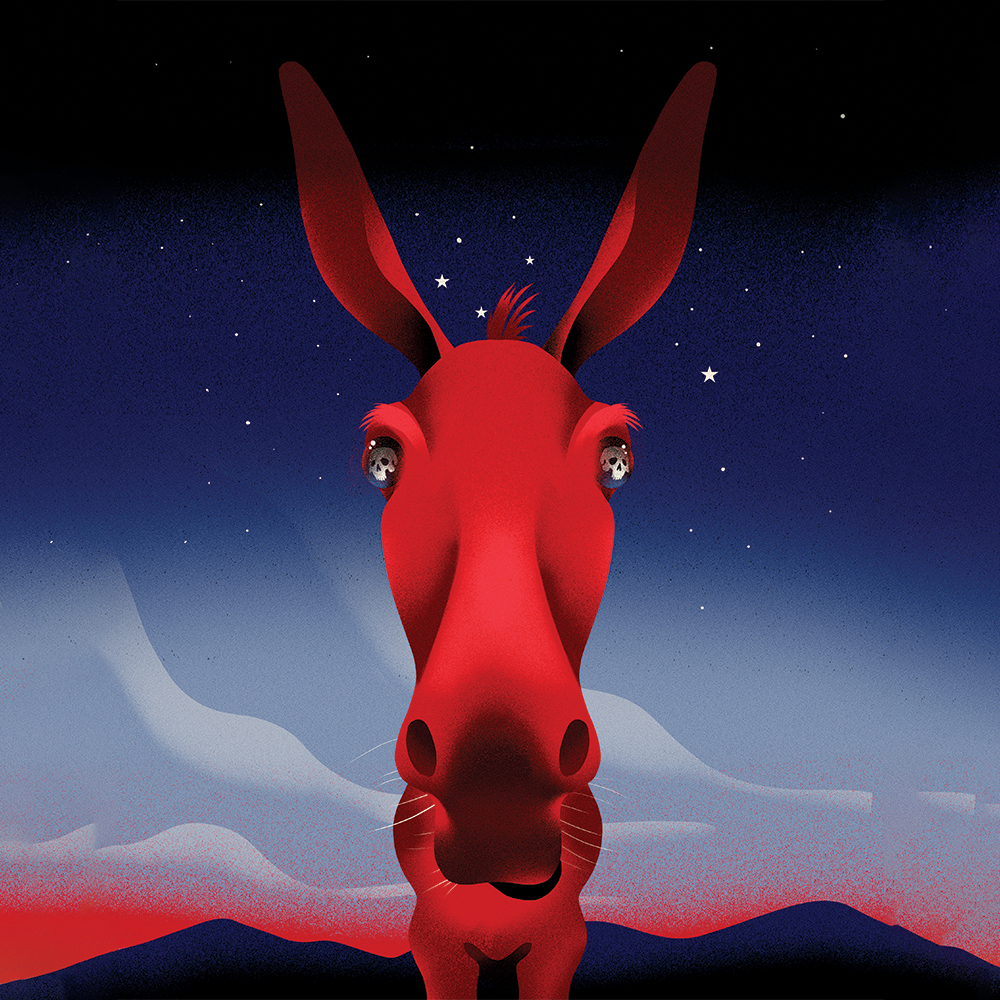







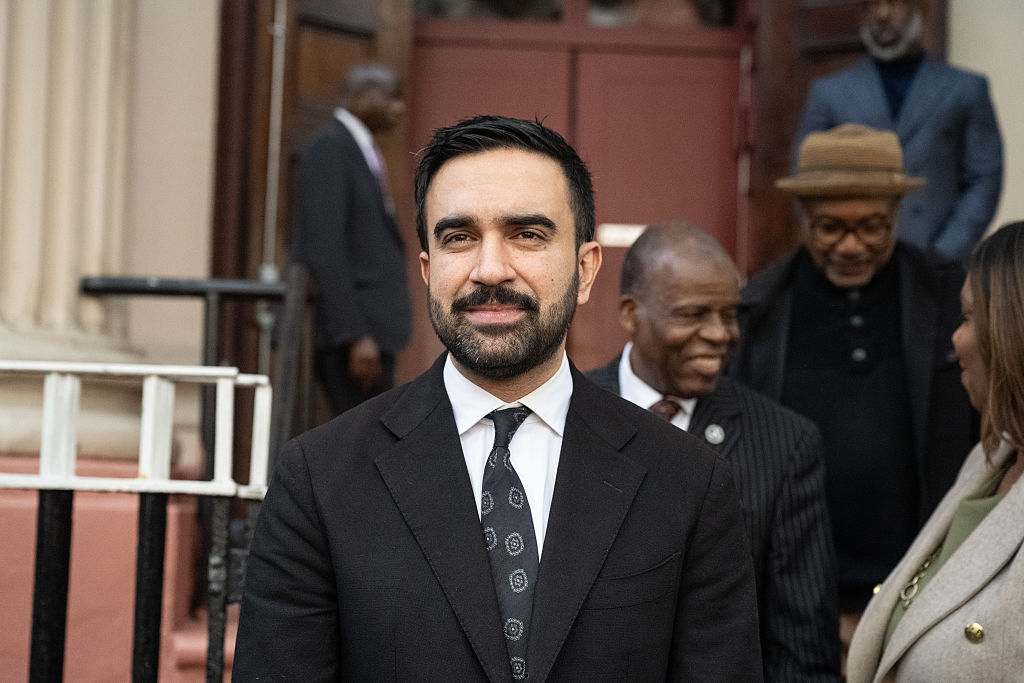
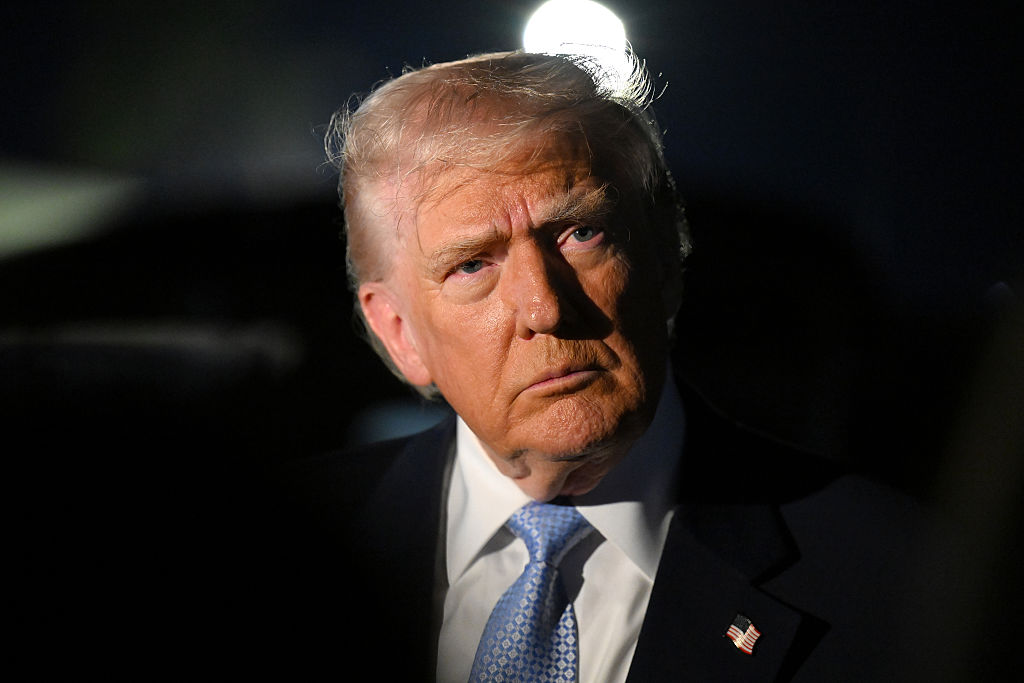




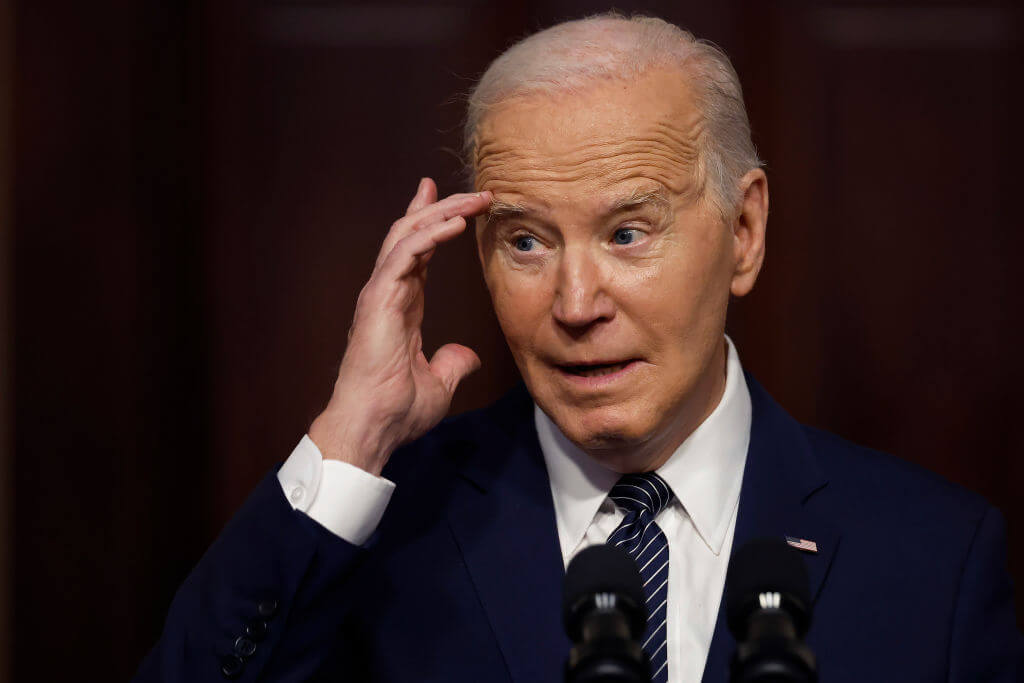



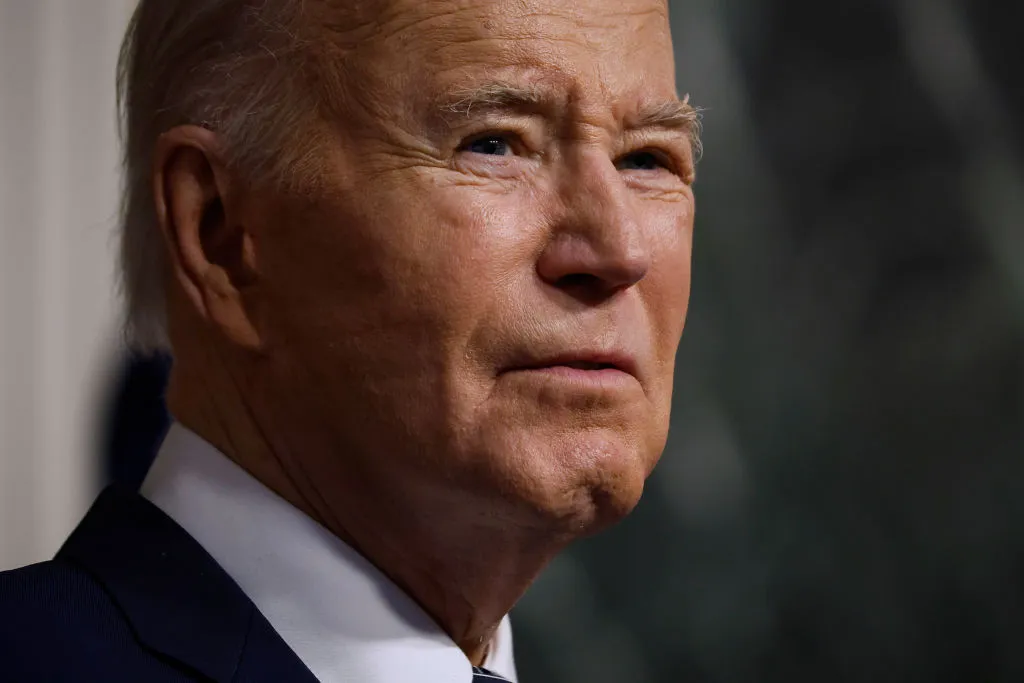

Leave a Reply